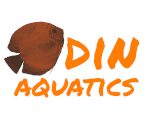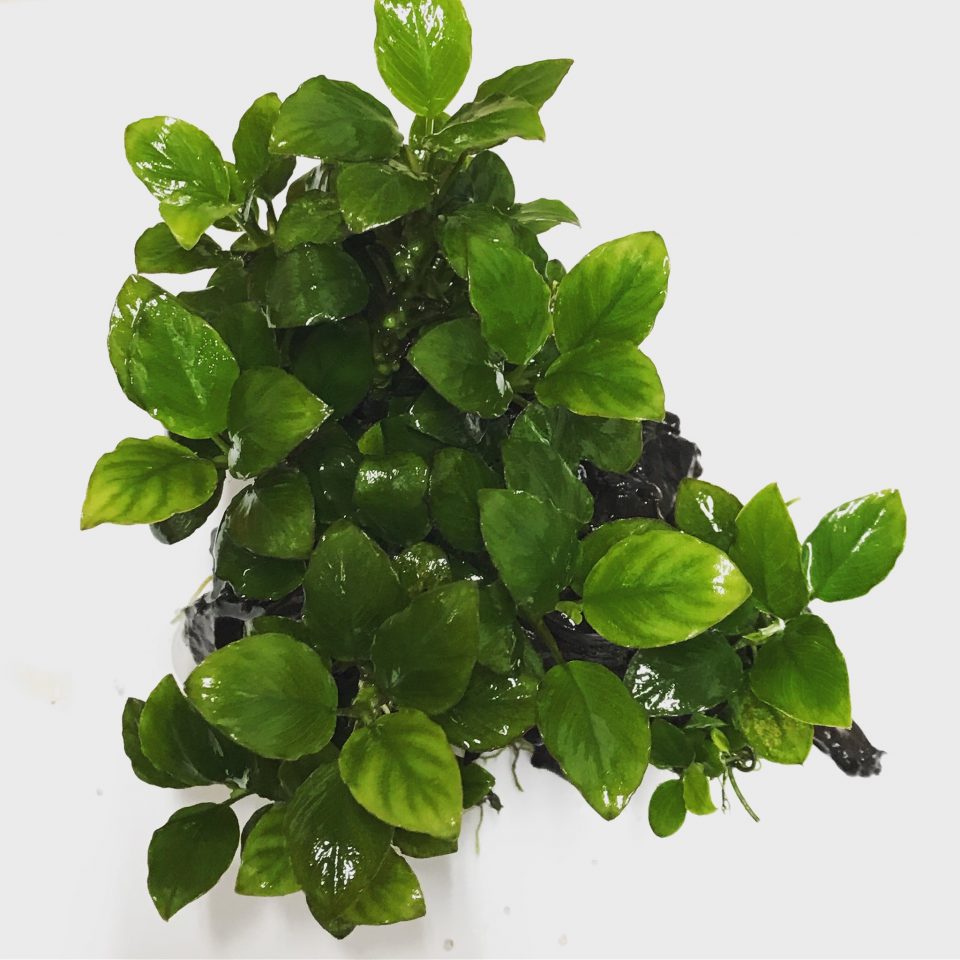Choosing live plants for your aquarium can be difficult when you're just getting into the hobby. There are dozens of species to choose from. Many require high light levels or, in some cases, carbon dioxide injection. To make selection even more complicated, many stores sell plants that are not truly aquatic.
Knowing what plants will thrive in your aquarium as a beginner can save you a lot of headache. These 5 beginner aquarium plants are all hardy enough to tolerate relatively low light and less than ideal water parameters.
Beginner Planted Tank Shopping List:
- Nicrew ClassicLED Aquarium Light
- Fluval Plant and Shrimp Stratum
- Seachem Flourish Root Tabs
- Aquascaping Tweezers and Scissors
# 1: Java Fern (microsorum pteropus)
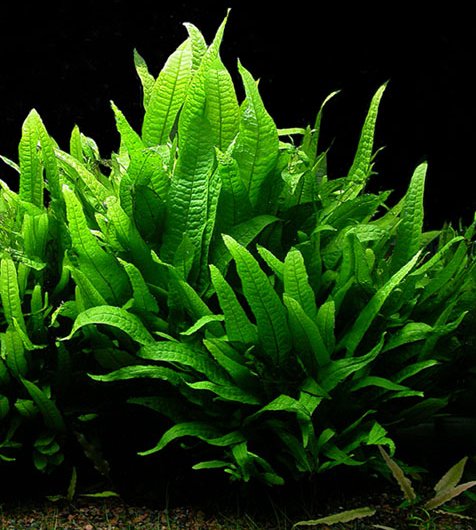
Java fern, named after the Indonesian island of Java, is a slow growing aquatic fern that is widely known as one of the best beginner aquarium plants. Microsorum pteropus will tolerate low light quite well, so you won't need to go out and spend a lot of money on a high output light fixture. There are several varieties of java fern available in the hobby, including "narrow leaf", "needle leaf", "Windelov", and "trident".
To cultivate java fern in your aquarium it is best to attach the rhizome (the stem that the roots emerge from) to a rock or a piece of driftwood. Burying the the rhizome in soil or gravel will usually cause it to rot away and die. For this reason, java fern can even be grown in a tank with no substrate! This makes it an excellent choice when setting up a bare bottom quarantine or breeding tank.
#2: Anubias (anubias barteri)
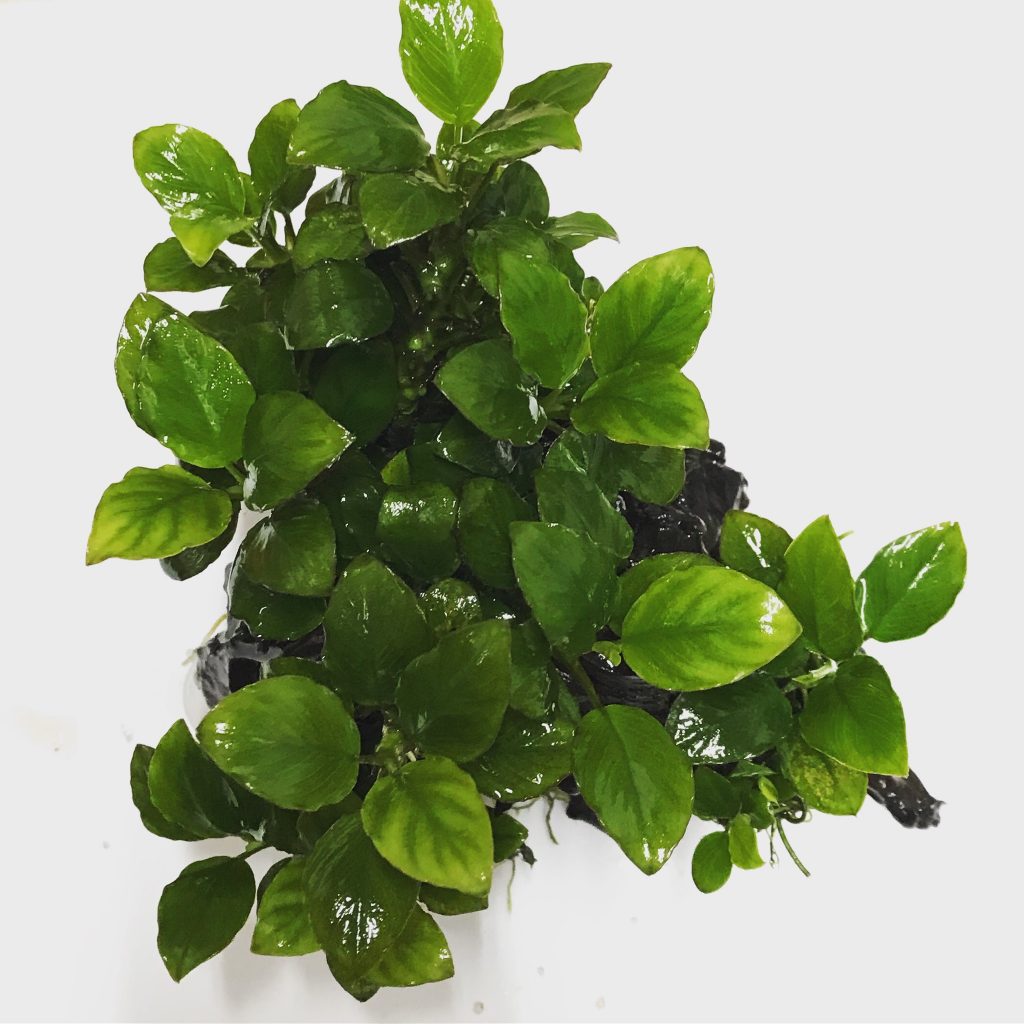
Another slow grower, anubias is a genus of aquatic and semi-aquatic flowering plants native to Africa. Anubias barteri is one of the most common species in the aquarium hobby and can be found in multiple varieties. Like java fern, anubias tolerates low light very well. It also doesn't need to be planted in a substrate.
#3: Cryptocorynes (cryptocoryne wendtii)
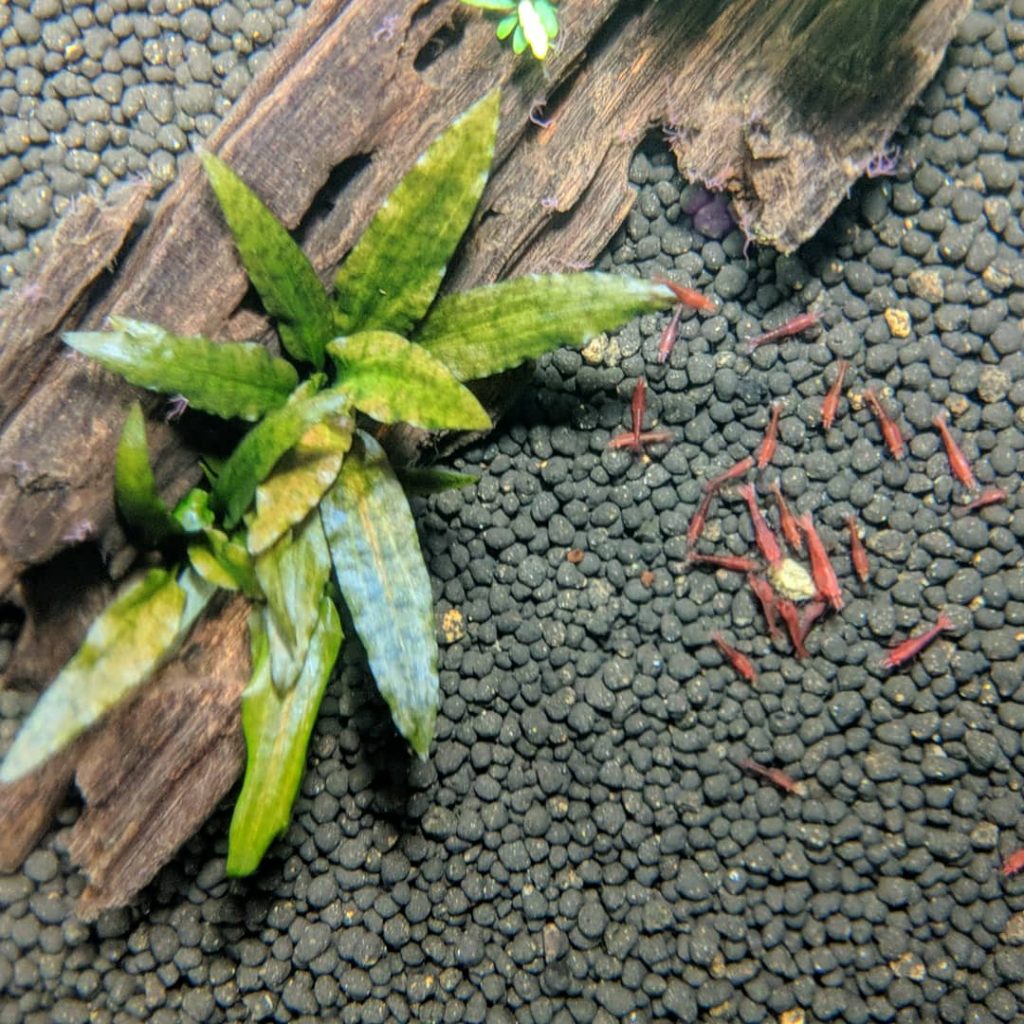
Cryptocoryne is a genus of aquatic plants containing dozens of species. Crypts come in a variety of colors, sizes, and leaf shapes. There are hardy green varieties, such as Cryptocoryne wendtii, and also varieties that have brown, red, or even pink foliage.
Unlike the first two plants on this list, crypts need to be planted in a substrate for their roots to develop. The good news is they can usually be grown in a basic sand or gravel bed under low to medium light. While they are somewhat slow growers, crypts will send out small runners (baby plants) that can be uprooted and replanted, or allowed to form a carpet.
#4: Vallisneria (vallisneria spiralis)
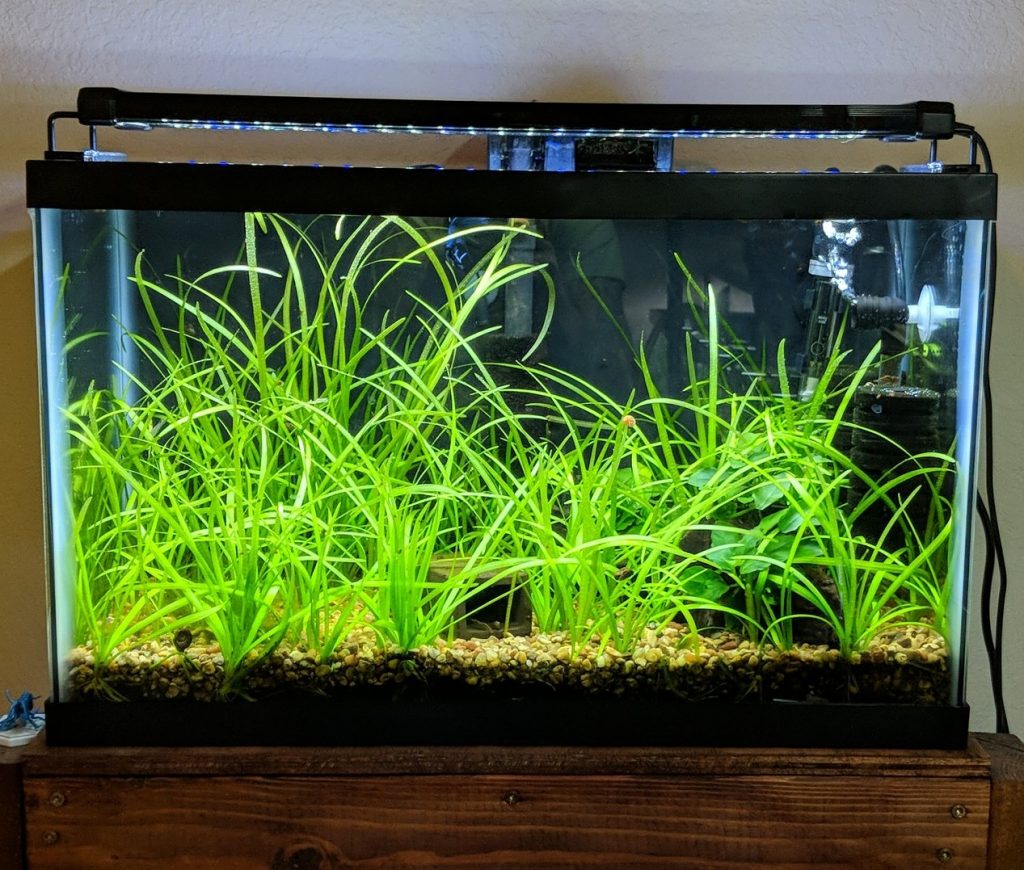
Also called tape grass or eel grass, vallisneria is an aquatic grass that can grow quite long - in some cases up to 6 feet - if left untrimmed. Vallisneria can be planted in a standard gravel substrate, or a soil base capped with sand or gravel. When it has enough light and nutrients, it will send off lots of runners and start to form a tall forest of underwater grass.
The tank shown above is a "dirted tank", which is a great way to get rapid and healthy vallisneria growth. This method was popularized by Diana Walstad, whose book, Ecology of The Planted Aquarium, is a great resource on aquatic plants.
#5: Guppy Grass (najas guadalupensis)
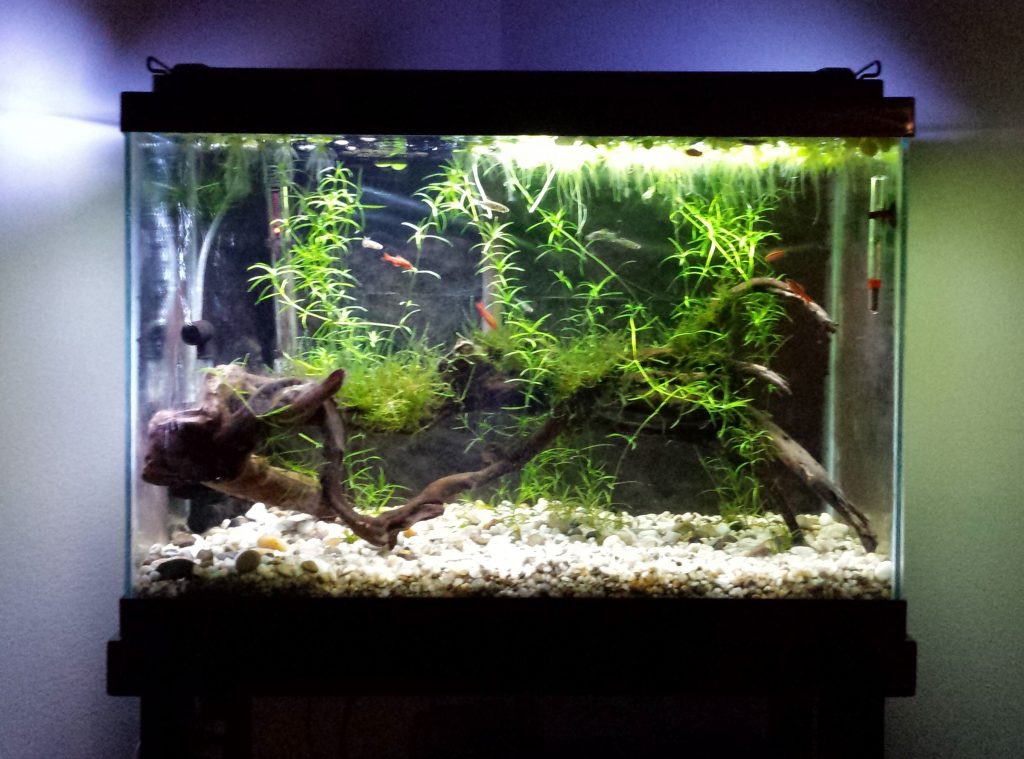
Named for its utility as a hiding spot for baby guppies, guppy grass is easy to grow under low light and does not need to be planted or attached to anything. It grows into floating bunches that provide cover for small fish and will branch off into a tangle of thin stems and leaves. Like all the plants on this list, it does not require CO2 injection for successful cultivation, and is not too picky about water parameters.
